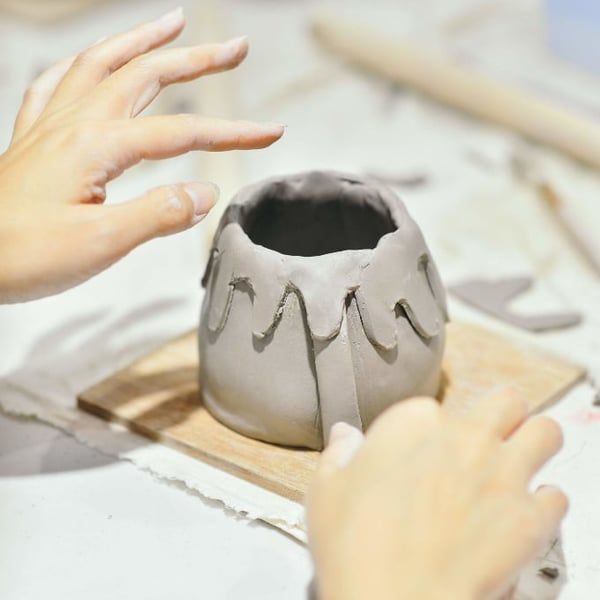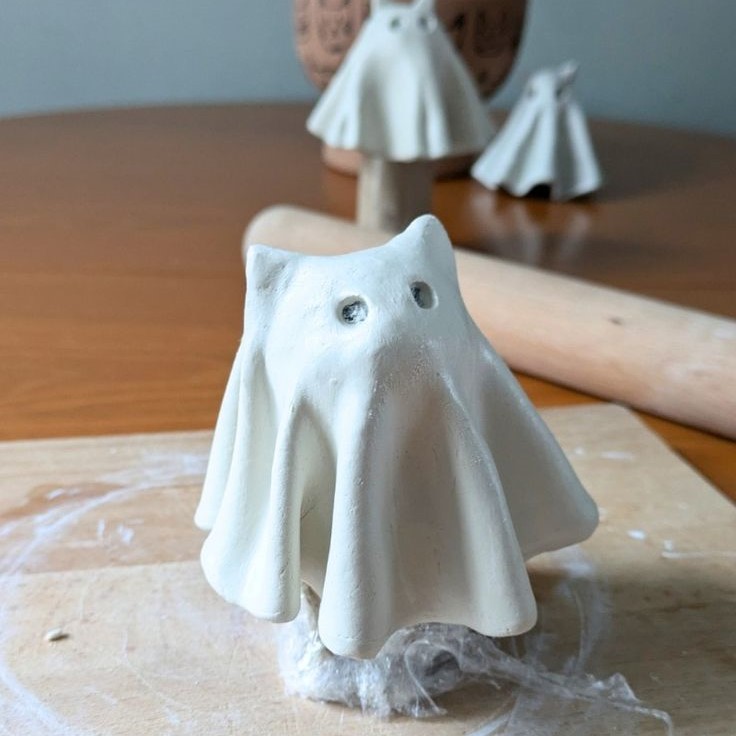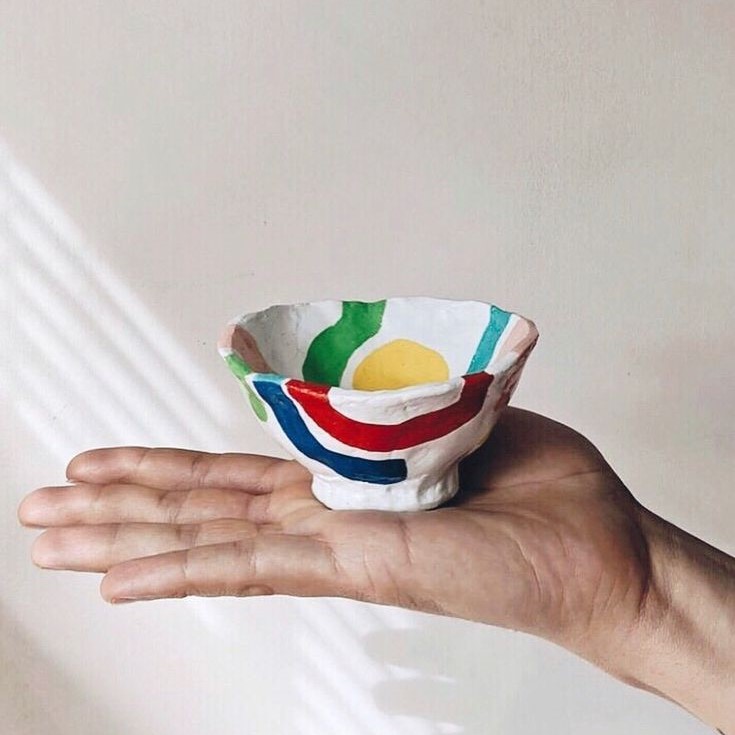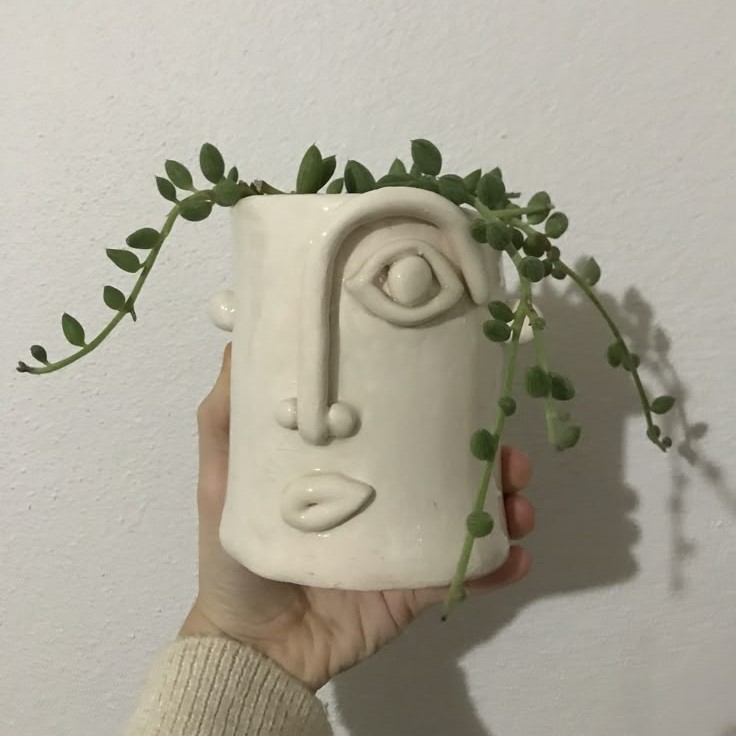Introduction: The Dynamics of Modeling Clay Drying
When it comes to creating with modeling clay, many artists and hobbyists often wonder, does modeling clay dry? The drying process is crucial for achieving desired results in your projects. Understanding how different types of modeling clay react to various environments can help you optimize your sculpting experience. Whether you’re working indoors or outdoors, and regardless of your skill level, knowing the dynamics of clay drying can enhance your creativity and help you avoid common pitfalls.
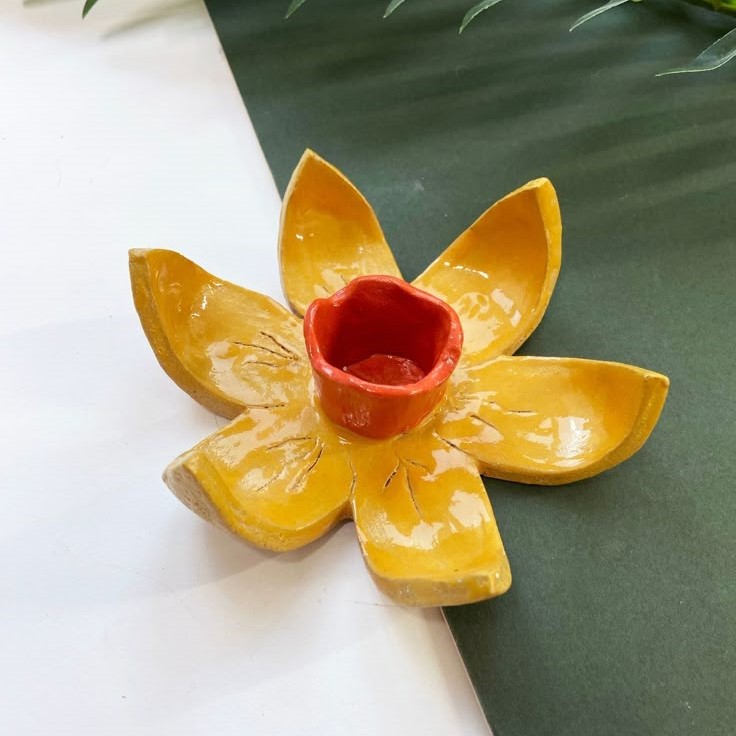
In this article, we will explore the factors that influence whether modeling clay dries indoors, the ideal conditions for sculpting, and practical tips to achieve the best results with your chosen clay.
Types of Modeling Clay: Understanding Your Materials
Before delving into the drying process, let’s outline the different types of modeling clay available. Each type has its own unique properties that affect drying times and conditions.
1. Air-Dry Clay
Air-dry clay is designed to dry naturally without the need for baking. This type of clay is popular among crafters and beginners. It is easy to use, making it an excellent choice for various projects.
- Drying Time: Typically, air-dry clay can take anywhere from 24 hours up to a week to fully cure, depending on the thickness of the piece and environmental factors.
2. Polymer Clay
Polymer clay is a versatile material that requires baking to harden. It comes in vibrant colors and can be mixed to create custom shades.
- Drying Process: Unlike air-dry clay, polymer clay does not dry out unless baked in an oven at specific temperatures.
3. Traditional Clay
Traditional clay, often used in pottery, requires a kiln for firing. Once fired, it becomes solid and durable.
- Kiln Firing: Traditional clay items are typically not created for immediate use, as they need to be shaped, dried, and then fired in a kiln, which can take hours.
4. Modeling Compound
Modeling compounds are usually temporary and are used for quick projects or school crafts. They often dry out quickly.
- Usage: These are often not durable, and their primary purpose is for one-time use.
5. Foam Clay
Foam clay is lightweight and remains pliable for a longer period. It has a foam-like texture and is used in various crafts.
- Drying Time: While it does not harden like traditional clay, it may dry out if left exposed to air for extended periods.
By understanding these types of modeling clay, you can make informed decisions based on your project needs and the conditions of your workspace.
Does Modeling Clay Dry Indoors?
Does modeling clay dry? When working with modeling clay indoors, it is essential to understand how the environment affects the drying process. Here are several factors to consider:
1. Humidity Levels
The humidity level in your indoor space significantly influences clay drying times. Higher humidity can slow down the drying process for air-dry clay, as moisture in the air prevents the water in the clay from evaporating efficiently.
- Optimal Humidity: The ideal humidity for drying modeling clay generally hovers around 40-60%. Lower humidity can expedite the drying process.
2. Temperature
The ambient temperature of your workspace is another critical factor. Warmer temperatures promote faster evaporation, helping clay to dry more quickly.
- Ideal Temperature Range: A temperature range of 70-75°F (21-24°C) is often considered optimal for drying modeling clay indoors. Ensuring adequate heating can be particularly beneficial during colder seasons.
3. Air Circulation
Good air circulation improves drying efficiency by facilitating evaporation. If a room is stagnant, it can hamper the drying process.
- Improving Airflow: Use fans or open windows to enhance airflow while keeping an eye on humidity levels.
4. Direct Sunlight
While sunlight can speed up the drying process, extremely high temperatures may cause the surface of the clay to dry too quickly, leading to cracking.
- Best Practices: If you choose to use sunlight, consider partial exposure to avoid rapid surface drying.
5. Layer Thickness
Thicker pieces of modeling clay naturally require more time to dry thoroughly. If you create pieces that are substantially thick, allow for additional drying time to ensure complete curing.
Ideal Conditions for Sculpting with Modeling Clay
Now that you understand how various factors affect the drying process, let’s explore the ideal conditions for sculpting with modeling clay:
1. Controlled Environment
Creating a controlled environment allows you to manage factors such as humidity, temperature, and airflow more effectively.
- Example Setup: Consider a dedicated crafting space that has adjustable heating and cooling capabilities.
2. Use of Humidity Control Tools
If you live in an area with high humidity, consider investing in dehumidifiers to help regulate moisture levels in your crafting space.
3. Temperature Regulation
Maintain a consistent temperature in your workspace by using heating pads or space heaters during colder months.
4. Adequate Workspace
Ensure your work area is large enough to accommodate drying clay without crowding. Avoid placing unfinished pieces in enclosed spaces that trap humidity and restrict airflow.
5. Allowing Time for Curing
Be patient and allow your clay adequate time to dry. Following the manufacturer’s instructions will ensure the clay cures correctly and minimizes the risk of cracks or damages.
Troubleshooting Common Drying Issues
Even with ideal conditions, sometimes issues can arise while drying modeling clay. Here are common problems and how to address them:
1. Cracking
Cracks may appear if the clay dries too quickly or if the piece is too thick.
- Solution: Slow down the drying process by wrapping the piece in plastic or placing a damp cloth over it for the first few hours.
2. Duller Color
Some types of modeling clay may appear dull after drying, especially air-dry clay.
- Solution: Consider applying a clear sealer or varnish for a glossier finish.
3. Uneven Drying
If certain areas of your piece dry more quickly than others, you might encounter uneven surfaces.
- Solution: Rotate larger pieces during the drying process to ensure consistent exposure to airflow.
4. Incomplete Drying
Sometimes, clay can remain soft or malleable even after the recommended drying time.
- Solution: Check the environmental conditions; it may need more time or better airflow.
5. Sticky Texture
If the surface remains tacky after drying, excess moisture may be trapped within the piece.
- Solution: Move the piece to a drier area with better airflow, or leave it out longer without any coverings.
Creative Uses for Modeling Clay
Modeling clay is not just for small projects or crafts; it has many applications that artists and hobbyists appreciate:
1. Sculptures
Diverse Artistic Expression
- Types of Sculptures: With modeling clay, artists can create a wide variety of sculptures. This includes everything from abstract designs that focus on shapes, colors, and forms, to life-like figures that aim to replicate the human form, animals, or objects in stunning detail.
- Artistic Styles: Sculptures can embody various artistic styles, including realism, cubism, surrealism, and more. This flexibility allows artists to choose their preferred style or mix multiple styles to create unique pieces.
Material Versatility
- Modeling Clay Characteristics: The pliable nature of modeling clay makes it an ideal medium for sculpting. It can be easily molded, shaped, and reshaped, allowing for constant experimentation without leaving permanent marks until the sculptor decides to finalize the piece.
- Variety of Clays: Artists can choose from a range of modeling clays, including air-dry clay, polymer clay, and oil-based clay. Each type offers specific benefits, such as ease of use, durability, and finish, catering to different artistic needs and preferences.
Creative Exploration
- Encouraging Imagination: The ease of manipulation inherent in modeling clay encourages artists to explore their creativity. This medium allows for intuitive experimentation, where artists can freely express their ideas without the constraints found in other materials.
- Mixing Techniques: Artists can combine various sculpting techniques, such as pinch pots, coiling, and slab construction. This versatility opens up numerous paths for creation, enabling artists to invent entirely new forms and structures.
Educational Benefits
- Skill Development: Creating sculptures with modeling clay aids in developing fine motor skills and hand-eye coordination. As sculptors manipulate the clay, they improve their dexterity and control, essential for detailed work.
- Artistic Understanding: Sculpting also helps artists better understand three-dimensional forms and spatial relationships. This knowledge is transferable across many artistic disciplines and can enhance overall artistic literacy.
Inspiration and Themes
- Exploration of Themes: Artists can draw inspiration from various sources—nature, emotions, culture, and personal experiences. Each theme can significantly influence the design and execution of sculptures, leading to more meaningful art pieces.
- Innovation in Design: The freedom to explore different concepts encourages innovation. Artists may create hybrid forms that combine elements from multiple inspirations, resulting in intriguing and original sculptures.
Community and Collaboration
- Group Projects: Sculpting can be a collaborative experience. Working on larger projects or community art installations fosters teamwork and allows individuals to share ideas and techniques, enriching the artistic process.
- Art Workshops: Participating in workshops provides opportunities for skill exchange and artistic growth. These settings encourage artists of all levels to learn from one another while experimenting with different sculptural approaches using modeling clay.
2. Miniatures
Utilize modeling clay to produce miniatures for dioramas, games, or display purposes. Accuracy and detail can bring your miniatures to life.
3. Custom Jewelry
Modeling clay can be shaped into unique pieces of jewelry, such as earrings, pendants, or charms.
4. Decorative Items
Consider making decorative items for home decor, like vases, picture frames, or custom ornaments.
5. Functional Items
Incorporate clay into practical items like coasters, keychains, or phone cases, merging art with functionality.
Conclusion: Mastering the Art of Modeling Clay
In summary, understanding does modeling clay dry indoors and the ideal conditions for sculpting is vital for artists and crafters alike. By controlling environmental factors like humidity, temperature, and airflow, you can significantly enhance your experience with modeling clay.
From recognizing the characteristics of different types of clay to troubleshooting drying issues, this guide aims to provide all the essential knowledge you need. Whether you create sculptures, jewelry, or decorative items, embracing the art of clay can be a wonderfully fulfilling pursuit.
So, gather your materials, create a comfortable and controlled workspace, and start your journey in the enchanting world of modeling clay! Happy crafting!
